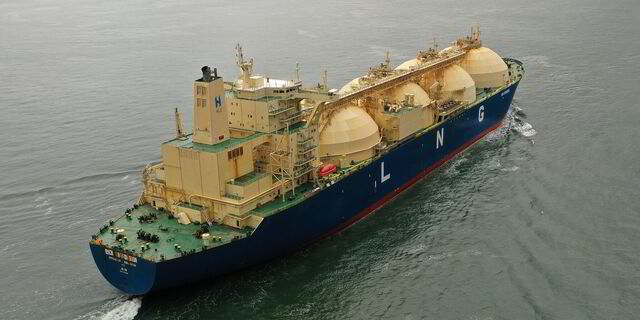Clarkson data shows that nearly 60 LNG carriers are currently idle due to the downturn in the LNG transportation market. There are also signs that market fundamentals are changing, with shipowners, particularly in South Korea, starting to send older, less efficient LNG carriers to scrap yards.

In the past week, two South Korean LNG shipowners have sold a total of four steam turbine LNG carriers, all of which will be sent to South Asia for scrapping. Two of the vessels, the Hyundai Aquapia and the Hyundai Technopia, were built around 2000 with a cargo tank capacity of 135,000 cubic meters. The recovery price of each vessel is about US$19.2 million. The other two vessels, HL Ras Laffan and HL Sur, owned by Hyundai LNG Shipping, were also built around 2000 under similar terms.
There are also signs that market fundamentals are changing, with shipowners, particularly in South Korea, starting to send older, less efficient LNG carriers to scrap yards.
In the first five months of this year, seven LNG carriers have been recycled globally, totaling about 830,000 cubic meters, close to the total number of eight (960,000 cubic meters) that were recycled in the entire year of 2024.
Market observers cite the widening performance gap between traditional steam turbine vessels and modern fuel-efficient two-stroke or three-fuel diesel-electric (TFDE) vessels as the main reason for the rise in vessel recycling rates. In today’s spot market, it is becoming increasingly difficult for older vessels to compete, with emissions regulations and fuel efficiency heavily influencing chartering decisions.
Currently, overall charter rates reflect a serious problem: the average charter rate for TFDE LNG carriers is around $15,000 per day, while for newer two-stroke design LNG carriers it is closer to $30,000 per day, well below sustainable levels for many operators, especially those with older tonnage.
In addition, low demand has led to an increasing number of idle vessels. Some market sources said that some idle LNG carriers may be demolished along with old vessels.


